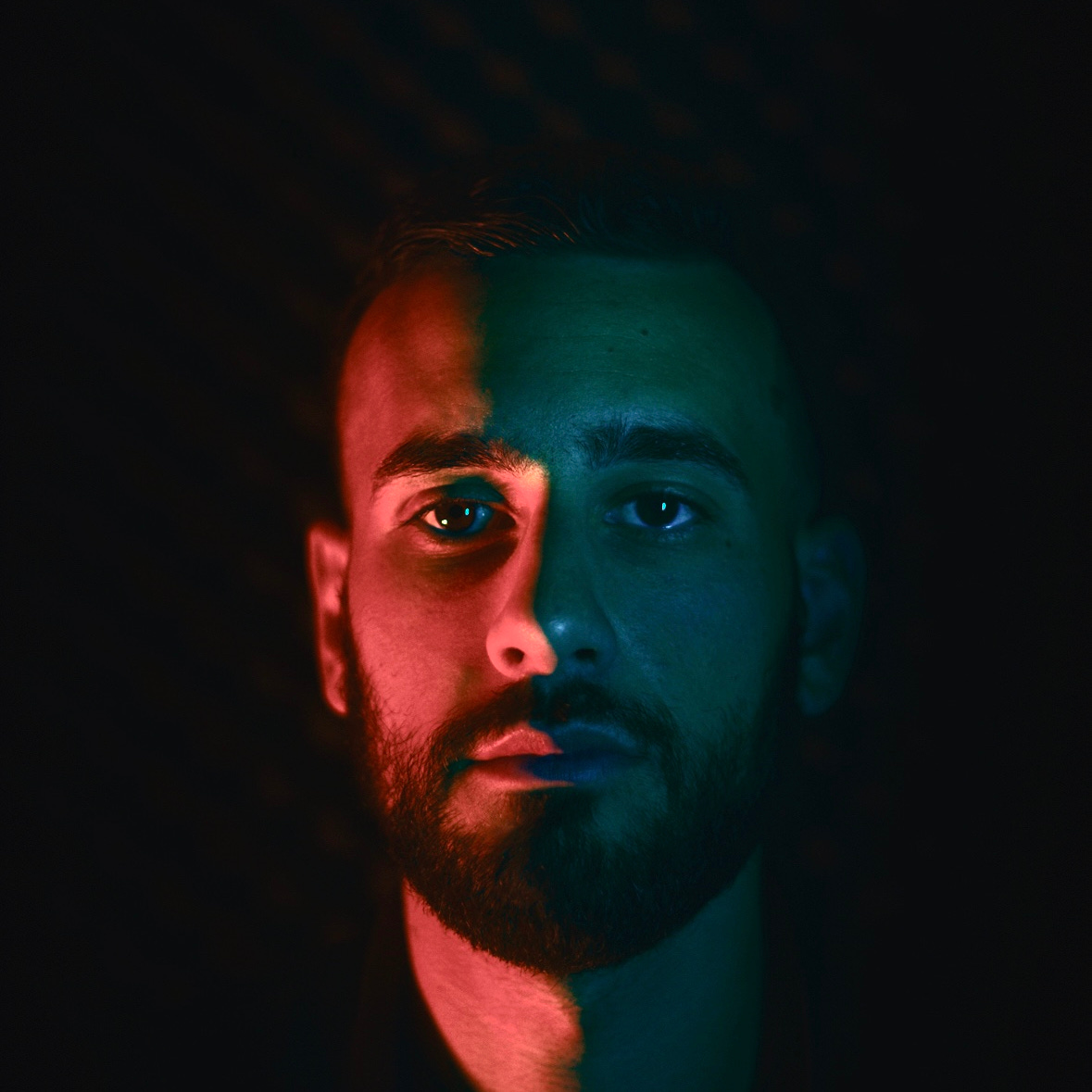Light Signaling and Circadian Rhythm
TLDR - Humans have evolved to complete many of our biological processes at specific times throughout the day based on the light signals we receive. Our light environments and lifestyles are changing faster than we can evolve and when our bodies cannot adapt quickly enough, it can result in disease.
Circadian Rhythms
The circadian rhythm is a complex biological system that regulates and synchronizes physiological functions and processes in the human body. Acting like a master clock, it orchestrates the timing of various bodily functions, ensuring they occur at appropriate times. Key functions include:
Sleep-Wake Cycles
Body Temperature Regulation
Hormone Secretion
Metabolism
Mood and Cognitive Function
Immune Function
Cellular and Molecular Processes
Sunlight and Evolution
For millions of years, humans have experienced the daily cycle of sunrise and sunset. This consistent exposure to natural light helped our bodies adapt to the different wavelengths of light:
Morning Red Light: Healing properties.
Noon Blue Light: Stimulating effects.
Our bodies developed complex responses to these different wavelengths. In 1879, the invention of light bulbs began to change our light exposure. Initially, incandescent light bulbs, which mimicked sunlight more closely, were used. Today, fluorescent bulbs are most common and emit intense blue light.
Modern Light Exposure
Today's lifestyle has significantly altered our interaction with natural light. People spend more time indoors, working from home, and looking at screens (cell phones, TVs, computers) that emit high intensity blue light. We also wear sunglasses outdoors further reducing our exposure to natural light. As a result, many people no longer receive the appropriate wavelengths from the sun, disrupting their circadian rhythms and confusing their bodies timing mechanisms.
Impact on Biological Processes
Light signaling impacts several critical biological processes due to its influence on the body's internal clock:
Melatonin Production: Morning UVA light exposure triggers melatonin production. Melatonin levels rise in the evening as it gets dark, signaling the body to prepare for sleep. Blue light during the day suppresses melatonin, promoting wakefulness. Exposure to blue light at night prevents melatonin release, causing sleep issues.
Hormonal Regulation: Light influences the secretion of hormones like cortisol (stress response) and serotonin (mood regulation). Proper light exposure helps maintain hormone balance, affecting mood, energy levels, and well being.
Vitamin D Synthesis: Sunlight triggers vitamin D production in the skin, crucial for bone health, immune function, and various physiological processes.
Body Temperature Regulation: Light exposure helps synchronize core temperature fluctuations throughout the day.
Alertness and Cognitive Function: Blue light during the day (alongside all the other wavelengths) promotes alertness and cognitive function by suppressing melatonin and stimulating brain activity.
Mood and Mental Health: Light affects mood and mental health. Reduced natural light exposure, especially in winter (seasonal affective disorder), can lead to depression or low mood due to altered neurotransmitter production.
Note: These are only examples and this is not a complete list.
POMC
POMC (proopiomelanocortin) is a precursor protein processed into various bioactive peptides in response to light:
UVA Light: Creates more β-Endorphin (mood and behavior), Lipotropin (mood and behavior), and α-MSH (appetite, energy homeostasis, sexual activity).
Blue Light: Stimulates ACTH (cortisol) and CLIP (neurological function).
Most humans now lack UVA light exposure and are overexposed to blue light, resulting in excess cortisol.
Morning UVA Light: Required to start hormone and neurotransmitter production.
Blue Light at Night: Should be eliminated to release melatonin.
Ways Light Signals Are Disrupted
Lack of Natural Sunlight
Wearing Sunglasses Outdoors
Excess Blue Light from Screens
Non Native Light Sources (e.g., Fluorescent Bulbs)
Exposure to Non-Native EMFs
Downstream Concepts and Practices
Optimal Light Timing in Eyes
Seeing Sunrise
20 Mins UVA in Morning
Block Artificial Light




